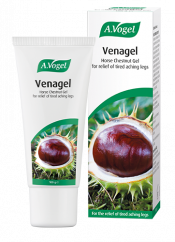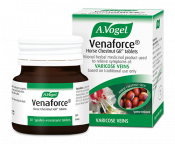What are some varicose veins facts?
Varicose veins are enlarged veins that appear twisted, with blue or red colouring. They are usually raised, so can quite noticeable.
Varicose veins cause symptoms like aching or throbbing, burning, dry irritated skin, cramps and heavy legs. For more information about this issue, this blog looks at a few key facts about the condition.
- Varicose veins are more common in women
- Varicose veins are often inherited
- They are more likely to affect people between ages 40-80
- Most commonly occur in the legs and feet
- Various treatments are often required to manage symptoms.
1. Varicose veins are more common in women
Hormonal differences mean that varicose veins are more likely to occur in women. The evidence shows that female hormones like oestrogen cause the vein walls to relax.
Added to this is the fact that varicose veins are very common during pregnancy. At this time, blood flow increases around the body to support the growing foetus. This extra pressure can cause veins to swell. Also, as the foetus grows, it will begin to put pressure on the pelvis and, in particular, a large vein known as the inferior vena cava which collects blood from the legs and feet. This pressure may lead to swelling in the veins and eventually, they may start to leak fluid into the surrounding tissue. This may then pool, which gives rise to the symptoms of varicose veins.
On top of this, women have a greater risk of varicose veins due to menopause. This is because oestrogen levels fall at this time, affecting the integrity of vein walls and making them structurally weaker, which then makes varicose veins more likely.
2. Varicose veins are often inherited
If there is a history of varicose veins in your family it does, unfortunately, increase the risk that you will develop symptoms. However, other factors related to family inheritance can also result in the condition.
If, for example, you are quite tall, it may be more likely that you will experience venous hypertension. This is when the veins in the legs are subjected to a high amount of pressure, and simply comes about because the body has to work harder to pump blood against gravity and up through the length of the limbs. Blood may begin to pool, putting a strain on the veins and eventually leading to varicose veins.
Certain conditions relating to vein health can also be inherited from parents. These include:
- Venous valvular incompetence – the veins have difficulty sending blood from the legs back to the heart.
- Deep venous obstruction – a blockage in the veins
- Venous hypertension – pressure in the veins.
Again, these problems can contribute to varicose veins.
My Self-Care Tip: Know the risk factors for varicose veins
Know what factors increase the risk of developing varicose veins so that you can take steps to reduce the likelihood of symptoms.
3. They are more likely to affect people between ages 40-80
As we get older, changes to the veins can lead to varicose veins. Over time, the veins lose elasticity and the valves inside the vein (that prevent blood from flowing backward) may stop working as efficiently once there is less tone in the vein walls.
4. Most commonly occur on the legs and feet
Varicose veins are most likely to develop in the feet and legs. There is a very simple reason for this – walking, standing and more general movement puts pressure on the veins in these areas. However, it is still recommended that you keep your activity levels up, as a sedentary lifestyle can actually hinder circulation and make the problem worse.
Check out some exercises for varicose veins sufferers here.
My Top Tip:

✔ Relieves tired, heavy legs
✔ Can be used during pregnancy
✔ Made from fresh Horse Chestnut seeds
✔ No pesticides, insecticides, fungicides or chemical fertilizers used
"I used this along with the horse chestnut tablets and found the heat, redness and swelling was definitely down from previous flare-ups."

5. Various treatments are usually required to address symptoms
Usually, a variety of measures are used to address varicose veins. These include:
- Lifestyle modifications – such as weight loss, exercise, elevating the legs on a regular basis, giving up smoking and avoiding long hours spent sitting or standing.
- Compression therapy – compression socks, for example, can help to promote blood flow.
- Surgery – though only in severe cases.
- Herbal remedies – horse chestnut extracts, in particular, are commonly associated with the treatment of varicose veins.
You can read more about herbal and natural remedies for varicose veins here.








